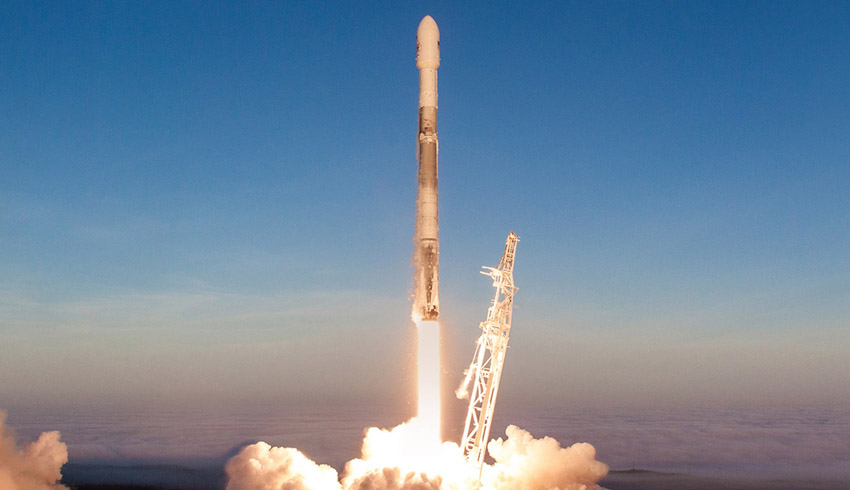The Falcon 9 first stage for this launch is a veteran SpaceX booster – the rocket has launched four flights for SpaceX. Its fifth launch for the Starlink mission would make it SpaceX's first rocket to fly five times.
SpaceX tweeted shortly after the launch abort, stating: "Standing down today; standard auto-abort triggered due to out of family data during engine power check. Will announce next launch date opportunity once confirmed on the Range."
The abort was triggered when the Falcon 9 rocket's onboard computer triggered an abort alert following the detection of an issue with one of the rocket's nine Merlin 1D engines, just before the lift-off.
The abort was combined with an instantaneous launch window, meaning SpaceX engineers will have to work with their partner, the US Air Force, to conduct another launch attempt the following day.
The Falcon 9 is equipped with safety features that can trigger an on-pad abort like the one on Monday, and can even abort during flight if it detects an anomaly.
SpaceX test fires each of its rockets before launch. This allows the engineers to make sure the systems are functioning as expected. That routine test, called a static fire test, typically happens a couple of days prior to launch.
By all indications, the rocket was ready to go and cleared for flight. However, that doesn't mean that issues cannot creep up on the day of launch. If Monday's attempt featured a longer launch window, SpaceX engineers may have been able to troubleshoot the issue and recycle the countdown.

